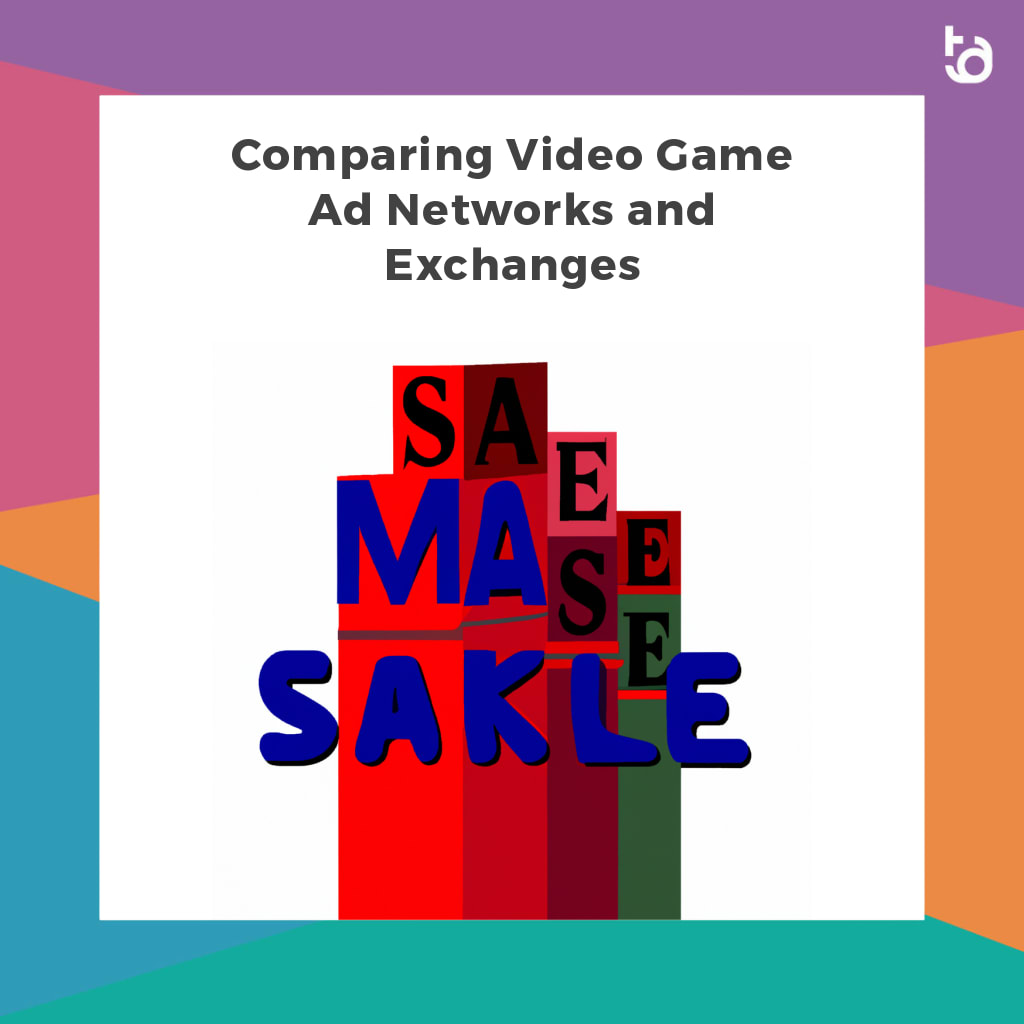Introduction
Video game ad networks and exchanges can be difficult to understand and keep track of, especially for new video game publishers and developers. However, it is important to know the key differences between the two so that you can make an informed decision about what will be the best fit for your game and audience. In this article, we will cover the primary differences between the two and provide some tips on how to select the right ad network or exchange.
What is a Video Game Ad Network?
A video game ad network is a company that provides access to a variety of different ad formats, either through a direct relationship with advertisers or through partnerships with other networks. The network can be thought of as a “middleman” between the publisher/developer and the advertiser, as they are responsible for finding and managing the relationships between the two. Video game ad networks offer a variety of different ad formats, including display ads, native ads, video ads, and more.
What is a Video Game Exchange?
A video game exchange is an auction-based marketplace for publishers, developers, and advertisers to buy and sell video game advertising inventory. The exchange is managed by an “exchange platform”, which is responsible for providing the technology and data needed to facilitate the buying and selling of ads. On an exchange, advertisers bid on video game inventory in real-time and publishers/developers can sell their inventory to the highest bidder.
Key Differences
• Pricing: Video game ad networks typically charge a flat fee for access to their inventory, while exchanges are auction-based and the price of a given ad is determined by the highest bidder.
• Inventory: Exchanges typically have a much larger and more diverse inventory than ad networks, as they can provide access to a variety of different publishers and developers, as well as different ad formats.
• Control: Video game ad networks offer more control to the publisher/developer, as they are able to control which ads are shown and when they are shown. With exchanges, the publisher/developer has less control as the ads are chosen based on the highest bidder in an auction.
• Targeting: Ad networks can offer more targeted ads as they are able to track user data and tailor ads to that data. Exchanges, on the other hand, do not have access to user data and are more focused on buying and selling inventory.
Tips for Selecting the Right Ad Network or Exchange
1. Know your audience: Before selecting an ad network or exchange, it is important to have a good understanding of your target audience and how they are likely to interact with your game. Knowing this will help you determine which ad network or exchange is best suited to reach your target audience.
2. Understand the different ad formats: Each ad network or exchange offers a variety of different ad formats, so it is important to understand which formats are available and which ad formats are best suited to reach your target audience.
3. Consider the cost: Ad networks and exchanges typically have different pricing models, so it is important to consider the cost when selecting the right ad network or exchange. It is also important to consider the cost of any potential additional services, such as targeting or optimization.
Conclusion
Understanding the key differences between ad networks and exchanges is essential when selecting the right option for your video game. With the right ad network or exchange, you can more effectively reach and engage your target audience, and increase your revenue. By understanding the different ad formats, pricing models, and targeting options, you can select the right ad network or exchange for your video game.







